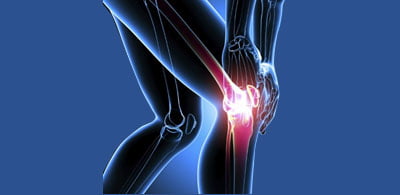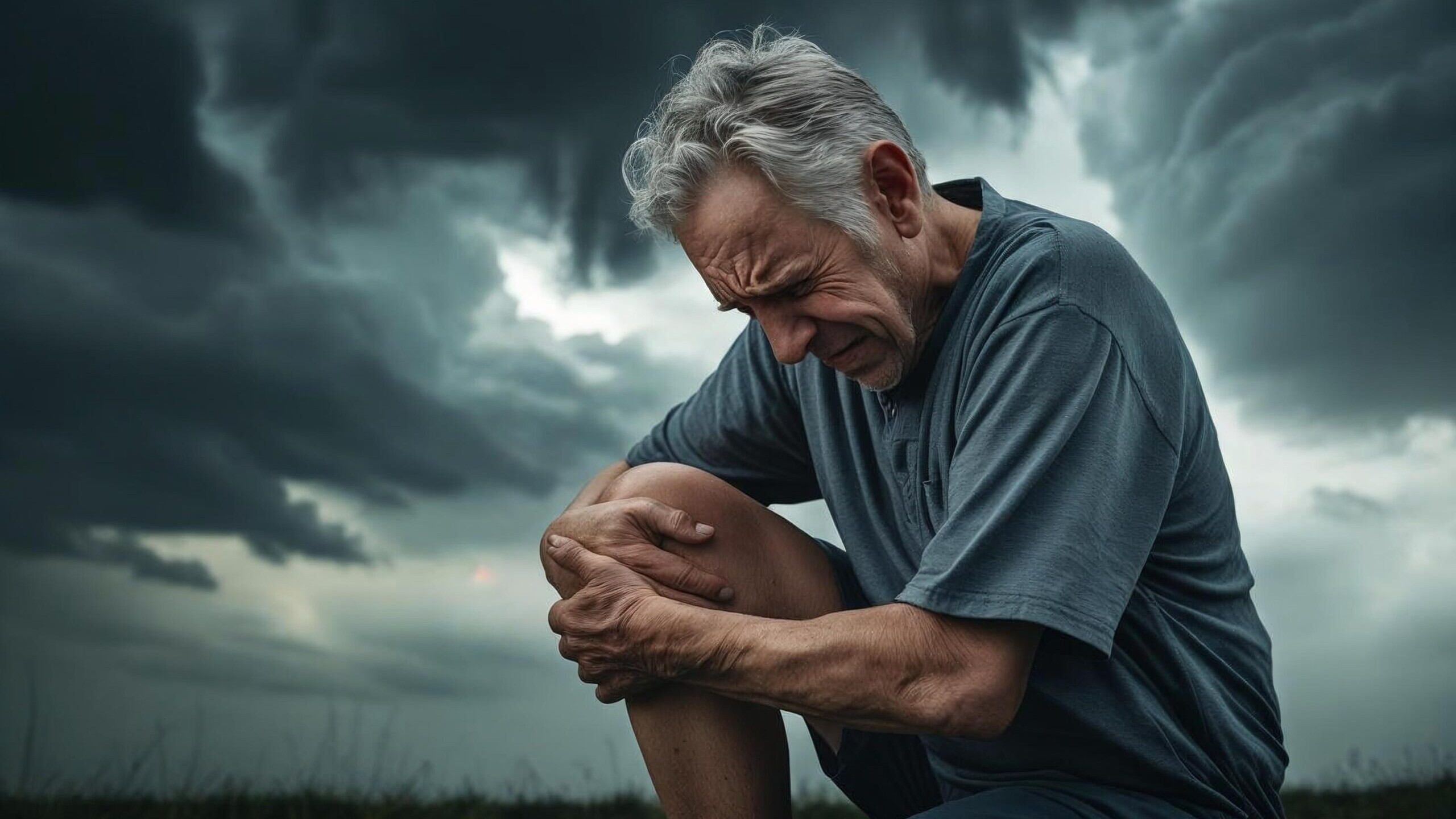
Replacing RICE In Our Injury Management Terminology!
I bet there is not a single one of you reading this article that isn’t absolutely familiar with the term RICE (or RICER)! In the management of acute injuries, for decades it has been accepted that we should apply the RICE strategy and do no HARM (eg don’t apply Heat, consume Alcohol, perform Rigorous exercise, or Massage the injured area)! Whilst the HARM acronym might not be as universally recognised, the RICE acronym is burnt into our brains and is like our Nan’s favourite recipe that is passed down from generation to generation without question!

I wrote some time ago about the arguments for and (mainly) against the application of ice in an acute injury situation (here’s the link if you want to read that article: https://www.sspc.physio/ice-therapy-in-the-management-of-sports-injuries-does-it-do-what-we-think-it-does/ )
There has actually been some movement in the thinking around ice, and this has resulted in two new acronyms entering the field of acute injury management: PEACE and LOVE! Firstly let’s look at the PEACE side of things:
- Protect the area from further bleeding or aggravation. This usually involves restricting motion for at least a few days, however protecting the injury from further damage may actually involve reloading the area gently with controlled movements. And this is where the Protect differs from the previously used Rest in RICER. Too much rest may compromise the healing process and result in poorer healing outcomes. So the “Protect” factor gets us thinking about initially taking stress away, but then gradually and safely adding load back as soon as we can.
- Elevate the injured area. Whilst there is still relatively poor evidence for elevation, it is a very low risk action and at the very least gets the person resting for a short period. Much of the literature will say you need to get the injured area above the level of the heart, but I honestly don’t think this is absolutely necessary – most of the time we are talking about lower limb injuries, so if it’s the ankle have it higher than the knee; if it’s the knee have it higher than the hip; if it’s the hip… well, I’ll leave that to you! To be honest, if it didn’t fit so nicely into the acronym, it would probably be closer to the back end of things to do.
- Avoid anti-inflammatories: I covered this topic in the previously mentioned blog, and it remains one of the very common mistakes that people make. Inflammation is one of the important ways the body heals – don’t inhibit this natural healing process in those first few days (at least) after you get injured, unless instructed by your health care professional.
- Compress: this is one of my favourite strategies in the early management of injuries that are likely to swell. It sort of makes sense – if we were bleeding on the outside, we would apply pressure to help control the bleeding and facilitate healing. So, if we’re bleeding and swelling on the inside, I think compression can be enormously helpful, probably way more than ice in many conditions. But be careful with compression (it has higher potential risks than the low risk elevation process) – make sure the bandage is not too tight and restricting circulation; there should be no gaps in your bandage to allow swelling to sneak through; check to ensure you haven’t just squeezed fluid to the area below (eg the foot if you’ve bandaged the ankle, or the shin and calf if you’ve bandaged the knee) and as a general rule these compression bandages should not be worn overnight.
- Educate: well, this section is more over to us as physio’s to explain what you can and can’t do, and what you should and shouldn’t be doing in terms of your injury management. So often athletes can go home from an event where they have managed their injury nicely with an ice pack, but have no further instructions. For most, their management will be continued icing but you can see it doesn’t even appear in the PEACE acronym. This doesn’t mean you shouldn’t ice, but it certainly shouldn’t be your main, or only, management strategy. And if you’re ever not sure of what to do, never hesitate to email us on injuryadvice@sspc.com.au
As for LOVE, it stands for:
- Load: start to load the area as soon as you safely can with active movements and gentle exercise. Damaged tissue needs some stress through it to stimulate optimal healing. In the past I think we may have been a bit too conservative and hesitant in beginning to load the injury (for those of you old enough, like me, remember the times when bad ankles sprains were managed with weeks in a plaster cast?).
- Optimism: sound strange to be in an injury management plan? Our brain controls everything and psycho-social factors can be enormous barriers to successful healing. Many injuries are devastating initially – imagine hearing you’ve just suffered an ACL injury and (might) need surgery and 12 months out of sport – it is so important to turn pessimism into optimism, and negatives into positives. We need to stay realistic, but find some hope, set new goals, and come back from your injury bigger and better than ever. The brain is the main driver of this!
- Vascularisation: basically means blood flow. Finding some sort of cardiovascular exercise, to promote blood flow and help drive that brain optimism, is essential. No matter the injury, there will be some form of exercise that gets your heart pumping! This not only makes you feel better, but also helps to ensure you are getting good blood flow around the body.
- Exercise: exercise therapy is key, often starting with the basics of range of movement, and progressing through to dynamic, strength and power based exercise to ensure your successful return to activity.
Now I’m not going to give any of you reading this more LOVE advice, other than to say that the LOVE aspect is best left to us as physio’s – it really involves the rehab side, and that is our job to educate you on what to do! But the PEACE – you can all be involved, and make a difference to your healing time next time you suffer an acute injury.
Anthony Lance
SSPC Physiotherapist
You might like these other resources
Why Do My Joints Ache In Cold Weather?
11 June 2025
The Role of Ice in Managing Acute Sporting Injuries
17 September 2024
Are Your Bones Strong Enough?
28 May 2024





